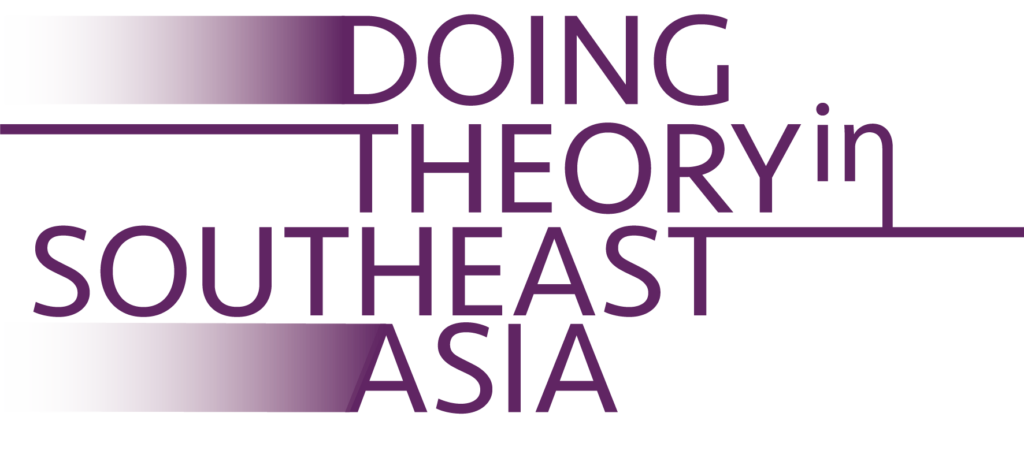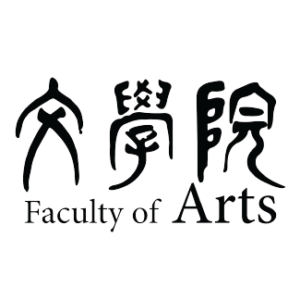
Archipelagic and syncretic in character, Southeast Asia has over 640 million people and 800 native languages, which have resulted in highly diverse media products and practices in film, architecture, visual art, and social media. Situated at the convergence of Western Europe, North America, South Asia, and Northeast Asia, its cultures bear the influences of former colonial rulers and current market forces. As the ASEAN Economic Community, Southeast Asia is Hong Kong’s second largest trading partner. Because of its proximity, Hong Kong is home to many migrants from the Philippines, Indonesia, Vietnam, and Thailand. Singapore, Hong Kong’s rival city-state, haunts its imagination of the urban future.
What is Southeast Asia
What does it mean to ‘do theory’
In dictionaries, theory is defined as a “general” or “abstract” set of “principles,” which could be universally applied “to explain phenomena.”
Expected to represent a comprehensive system of thought, theoretical frameworks are presumed to be the outcome of an exhaustive, scientific process of research, inquiry, and reflection. To be able to elucidate complex phenomena, their principles often rely on the dense language of abstraction.
Instead of relying on ontological and epistemological traditions rooted in continental philosophy, theory could alternately draw on vernacular keywords or frameworks, which are grounded in the particularities of local contexts. It could encompass the generation of ideas, impressions, and sentiments through non-verbal forms of critical and creative expression, such as in cinema and visual art. Not just simply the product of a solitary genius isolated from social reality, it could involve the collaborative activity of speculation and imagination, which summon an alternate world into existence.
Is thinking regionally parochial or antiquated? ‘Southeast Asia’ is a complicit, yet necessary term.
The study of culture entails the interdisciplinary, critical analysis of cultural patterns and processes, which are seemingly invisible, entrenched, or unsayable. It draws on concepts and methods from a variety of disciplines and subfields including Comparative Literature, Cinema and Media Studies, Critical Theory, Cultural History, and Cultural Anthropology.
Instead of disregarding the regional formation as a product of colonial occupation or Cold War calculation, the study of culture in Southeast Asia assumes that this area is a provisional collectivity with ethical urgency. Spotlighting marginalized realities, it aims to investigate devalued, unexplored, and understudied connections across strict national and disciplinary boundaries.
Theorizations could include postcolonial critiques of systems and institutions of language, education, and ideology. These could explore how maps and museums disseminate the hierarchical nationalist imagination of pluralistic, archipelagic communities. They could encompass how narratives about trauma, migration, and progress visualize the arrival of a specter that unsettles the seemingly fixed order.




